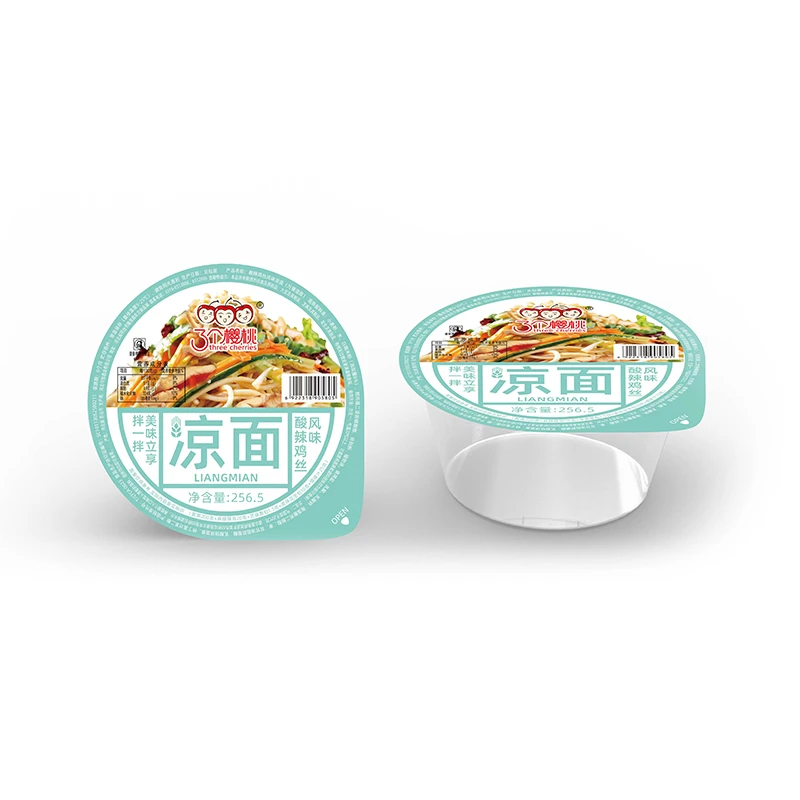Understanding the Key Differences Between Soba and Udon Noodles
The Differences Between Soba and Udon Noodles
Japanese cuisine is celebrated for its rich flavors, fresh ingredients, and unique textures. Among its many culinary delights, noodles are a staple that has captured the hearts and appetites of people worldwide. Two of the most popular types of Japanese noodles are soba and udon. While they may seem similar at first glance, these noodles are distinctly different in ingredients, texture, preparation methods, and culinary uses.
Ingredients
The primary difference between soba and udon lies in their ingredients. Soba noodles are made from buckwheat flour, which gives them a nutty flavor and a slightly darker color. Buckwheat is a gluten-free grain, making soba a popular choice for those with gluten sensitivities, although not all soba noodles are 100% buckwheat; some may contain a combination of buckwheat and wheat flour. On the other hand, udon noodles are made from wheat flour, water, and salt, resulting in a chewy and thick noodle. The simplicity of udon’s ingredients contributes to its characteristically soft and smooth texture.
Texture and Appearance
Texturally, soba and udon noodles exhibit stark contrasts. Soba noodles are typically thin, resembling spaghetti but with a slightly firmer bite. They can come in various thicknesses, but they are generally slender and may vary from a brownish-gray to a lighter hue depending on the ratio of buckwheat used. Udon noodles, in contrast, are thick, white, and chewy. Their size allows them to absorb flavors from soups and sauces effectively, making them a versatile option in many dishes.
Preparation and Cooking Methods
difference soba and udon noodles

Preparation and cooking methods for these noodles also differ significantly. Soba is often boiled and then rinsed in cold water to remove excess starch, creating a firmer texture. This method makes soba a popular ingredient in cold noodle dishes, such as zaru soba, where the noodles are served chilled on a bamboo mat accompanied by a dipping sauce. Udon noodles are typically cooked in boiling water until tender and are often served hot in various broth-based dishes, such as udon soup, where they soak up the flavorful liquid, enhancing their texture and taste.
Culinary Uses
Soba and udon noodles have unique culinary applications. Soba is frequently used in both hot and cold dishes. In colder months, soba can be enjoyed in a warm broth, often accompanied by vegetables and protein. In summer, chilled soba is a refreshing choice, served with dipping sauces or incorporated into salads. Their nuttiness pairs well with a wide variety of ingredients, from fresh vegetables to meats.
Udon, on the other hand, shines in hearty, comfort foods. Its thick texture makes it an excellent choice for stews and soups, where it can absorb flavors without losing its structure. Popular udon dishes include tempura udon, where tempura vegetables or shrimp are added, and yaki udon, a stir-fried version made with various vegetables and proteins.
Conclusion
In summary, while soba and udon noodles share a common cultural background and are beloved components of Japanese cuisine, they offer distinct experiences in terms of ingredients, texture, preparation, and culinary application. Soba noodles, made primarily from buckwheat, deliver a nutty flavor and a firm bite, while udon noodles, made from wheat flour, provide a soft, chewy texture. Each type of noodle can be enjoyed in various dishes, showcasing the diversity and richness of Japanese culinary traditions. Whether you prefer the delicate taste of soba or the comforting chewiness of udon, both noodles are essential to savoring the full spectrum of Japanese gastronomy.
-
Is Whole Wheat Pasta Healthy?NewsMay.30,2025
-
Are Soba Noodles Good for Weight Loss?NewsMay.30,2025
-
Are Buckwheat Soba Noodles Healthy?NewsMay.30,2025
-
Are Buckwheat Soba Noodles Gluten Free?NewsMay.30,2025
-
Are Buckwheat Noodles Good for You?NewsMay.30,2025
-
A Healthy Way to Savor Soba and Spicy FlavorsNewsMay.30,2025
-
What Are Lanzhou Noodles?NewsMay.30,2025
Browse qua the following product new the we

















































































































